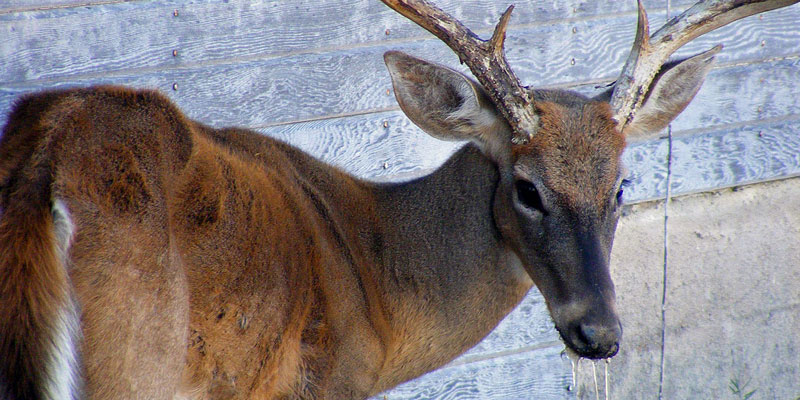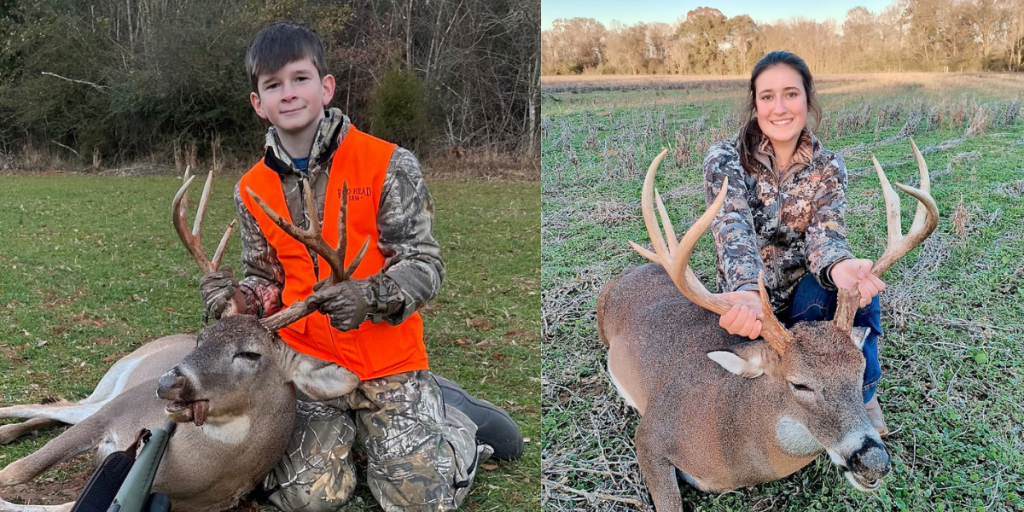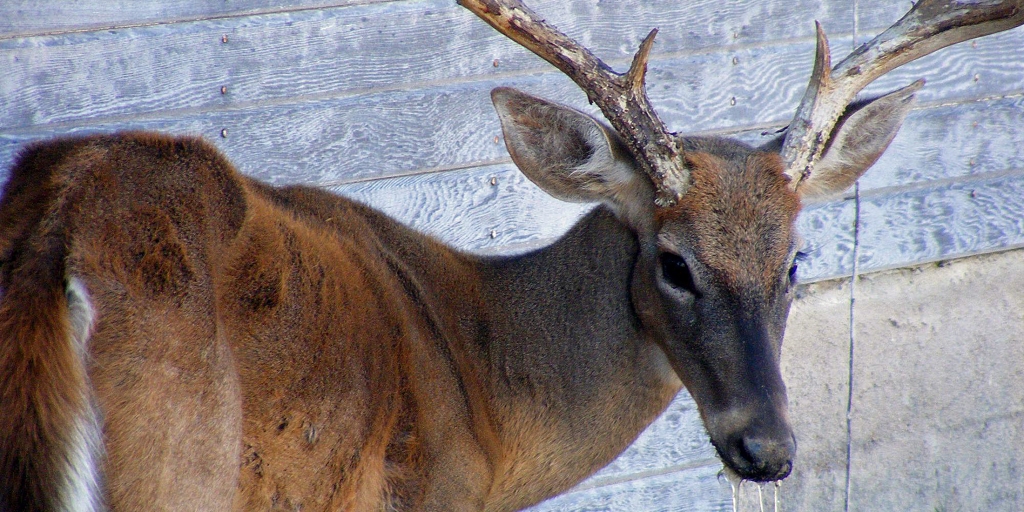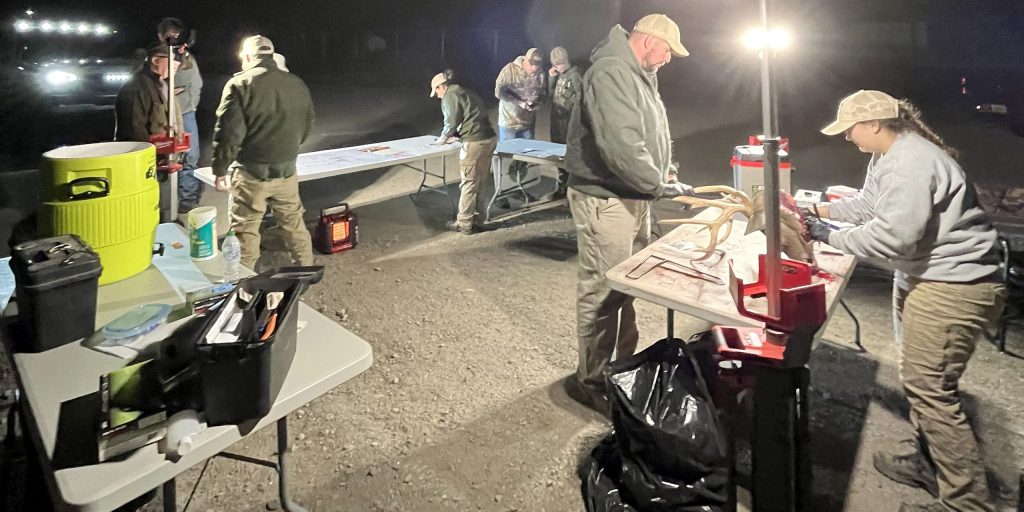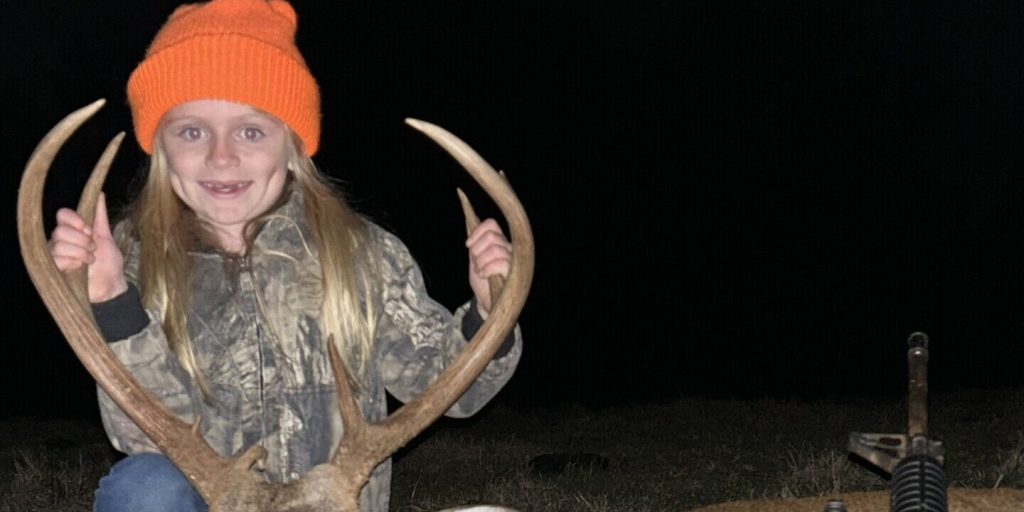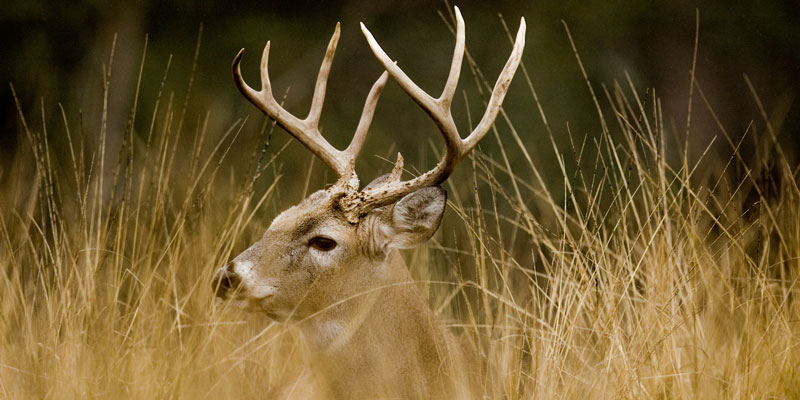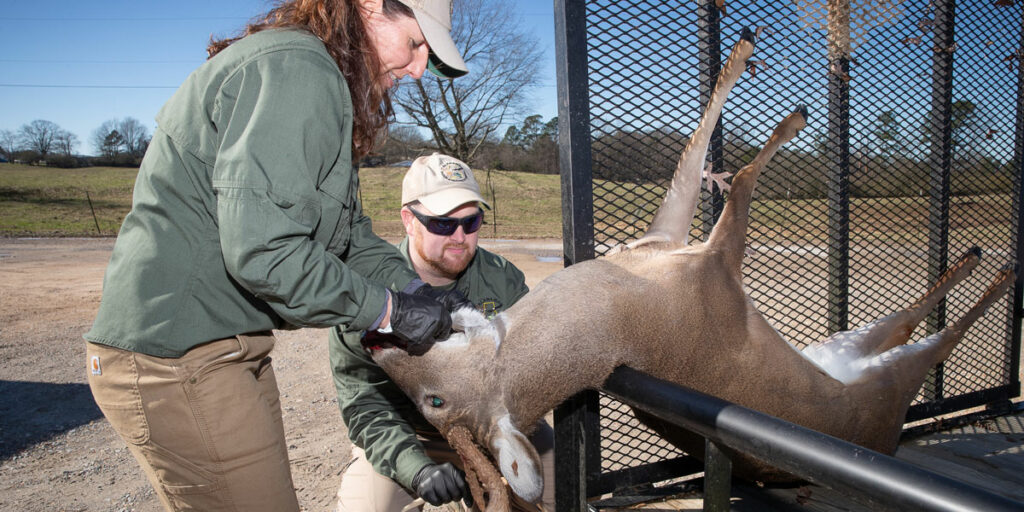The Alabama Department of Conservation and Natural Resources (ADCNR) announced the results from additional Chronic Wasting Disease (CWD) prevalence testing of white-tailed deer in northwest Alabama. A second case of CWD in a hunter harvested, white-tailed deer has been confirmed in Lauderdale County. The first case of CWD in Alabama’s deer herd was detected in Lauderdale County in January 2022.
After the initial CWD-positive deer was detected, all of Lauderdale and Colbert counties were designated as a CWD Management Zone (CMZ). The area west of U.S. Highway 43 in Lauderdale County to the Mississippi and Tennessee state lines and south to the Tennessee River is designated as a High-Risk Zone. The remainder of Lauderdale County and all of Colbert County is designated as a Buffer Zone.
Samples were collected from 966 white-tailed deer harvested within the CMZ during the 2021-2022 hunting season. All samples collected within the CMZ have been tested by the Alabama Department of Agriculture and Industries and the results have been received by ADCNR. Only one additional positive was detected.
After analyzing the results from the prevalence detection testing for CWD in Lauderdale and Colbert counties, ADCNR is suspending the use of supplemental wildlife feeding and baiting privileges within the CMZ. The suspension of supplemental feeding will not apply to bird feeders within 100 feet of a building or occupied dwelling or feed inside an active feral hog trap. Supplemental feeding and baiting privileges will still be allowed outside of the CMZ.
“The suspension of supplemental feeding and baiting privileges in Lauderdale and Colbert counties is an attempt to slow the spread of CWD in the affected area,” said Chris Blankenship, ADCNR Commissioner. “We take the presence of this disease very seriously and are utilizing our CWD Strategic Surveillance and Response Plan to manage it. Our staff is prepared, and the Department will do whatever is prudent and reasonable to protect the state’s deer resources and our hunting culture.”
CWD was first detected in Tennessee and Mississippi in 2018 and has been moving slowly toward Alabama. CWD is a member of the group of diseases called transmissible spongiform encephalopathies (TSEs). Among cervids, CWD is a progressive, fatal disease that commonly results in altered behavior due to microscopic changes made to the brain of affected animals. An animal may carry the disease for years without outward indication. In latter stages of the disease, signs may include listlessness, lowering of the head, weight loss, repetitive walking in set patterns and a lack of responsiveness.
“I would like to thank hunters for their overwhelming support by providing a robust number of samples submitted for CWD testing after the first positive case was made public in January,” Commissioner Blankenship said. “As we move forward with future deer seasons, hunters will be our most important partners in the management of this disease.”
For more information about CWD in Alabama, please visit outdooralabama.com/cwd-info.




